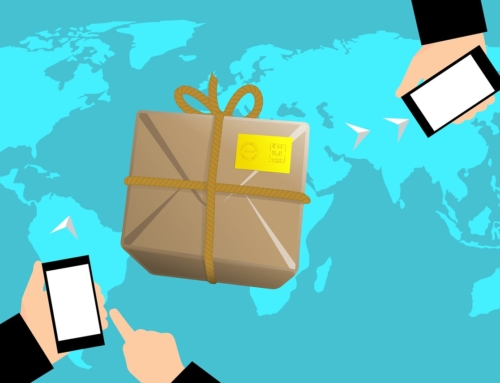Your customers are everything.
Without them you’d have no one to sell your products to, but at the same time, they can cost you a bundle when it comes to returns management.
Not only is the average online retailer now handling returns at a rate of about 12 percent, eCommerce shops that specialize in clothing and accessories may see return rates as high as 40 percent. It’s almost enough to make a business owner wonder if there’s any value in a sound customer return operation.
Should You Even Bother with Returns Management?
The answer, of course, is YES!
Without good customer returns, you’ll have no good customers, and as frightening their pile of returns may be, they’re also likely to be your best clients. According to a recent article on Business.com, 82 percent of your chronic returners are repeat shoppers. In addition, 95% of customers that are happy with your returns process will shop with you again.
In short: returns can ultimately make more money when handled properly.
Not only do good returns mean your good customers will likely buy more, those returns are getting easier and easier to deal with as secondary markets become a competitive advantage to businesses like yours. Now that more than 84 percent of U.S. firms are utilizing the secondary market, it’s becoming a richly layered place to sell goods that you can’t sell as new in your shop.
This is great for you, for your customers and for the future, where a circular and green supply chain may be the norm. If you’re dealing with returns by recycling, refurbishing or reselling rather than dumping unwanted items into a landfill, you’re already ahead of the game.
Reverse Logistics and the Future Environment
Regulations change almost daily, it seems, and that’s no different for disposal and transportation of goods.
Although you may find no value in a pile of old band tees that no one wanted, you might be surprised that there’s a market half a world away, where that band is doing gang-busters. Instead of tossing the pile, you might try to sell it on a secondary market with the use of specialized software.
Of course, you have to weigh that sale with the cost of transporting it to the fans in China who are demanding the product. If they’re in no hurry, multimodal transportation can get them to their final destinations at a cost to the environment that’s much lower than any one type of transportation alone, plus it’ll save you money, too.
Your customer returns operation is sound, you know this. Just remember that there’s a lot of value to be found in a process that keeps those returned items moving from cradle to grave to cradle to grave in a circular pattern until there’s no use left to squeeze out.







Leave A Comment